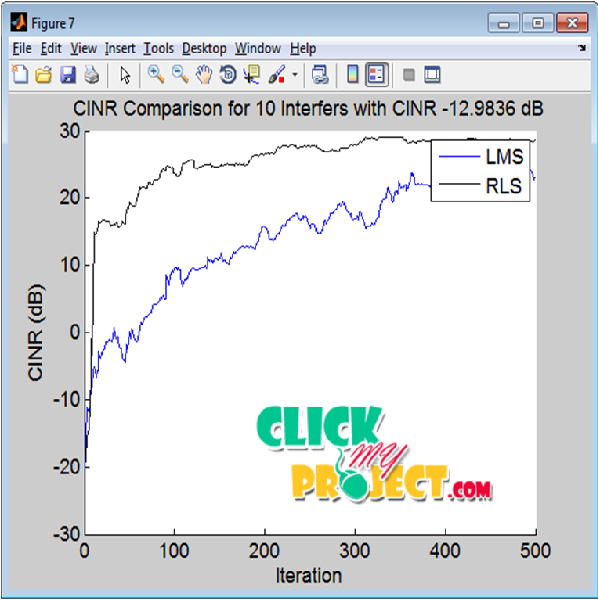Performance Analysis of Ray Tracing Assisted Beamforming Techniques for future mm-wave wireless systems
Our Price
₹3,000.00
10000 in stock
Support
Ready to Ship
Description
The smart antennas are widely used for wireless communication, because it has an ability to increase the coverage and capacity of a communication system. Smart antenna performs two main functions such as direction of arrival estimation (DOA) and beam forming. Using beam forming algorithm. smart antenna is able to form main beam towards desired user and null in the direction of interfering signals. Adaptive antennas can be used to increase the capacity, the link quality and the coverage of the existing and future mobile communication networks. Using beam forming algorithms the weight of antenna arrays can be adjusted to form certain amount of adaptive beam to track corresponding users automatically and at the same time to minimize interference arising from other users by introducing nulls in their directions. This work presents a simulation test-bed of a smart antenna system for the comparative performance evaluation of various adaptive beam forming algorithms and the smart antenna itself. The adaptive beam forming algorithms simulated and analyzed in this work include the Least Mean Square (LMS), Recursive Least Square (RLS) algorithms. It has faster convergence than LMS but characterized by numerical instability and increased computational complexity due to matrix inversions. The RLS algorithm requires less number of iterations (about 10 iterations before it converges).
Tags: 2014, Communication Projects, Matlab




